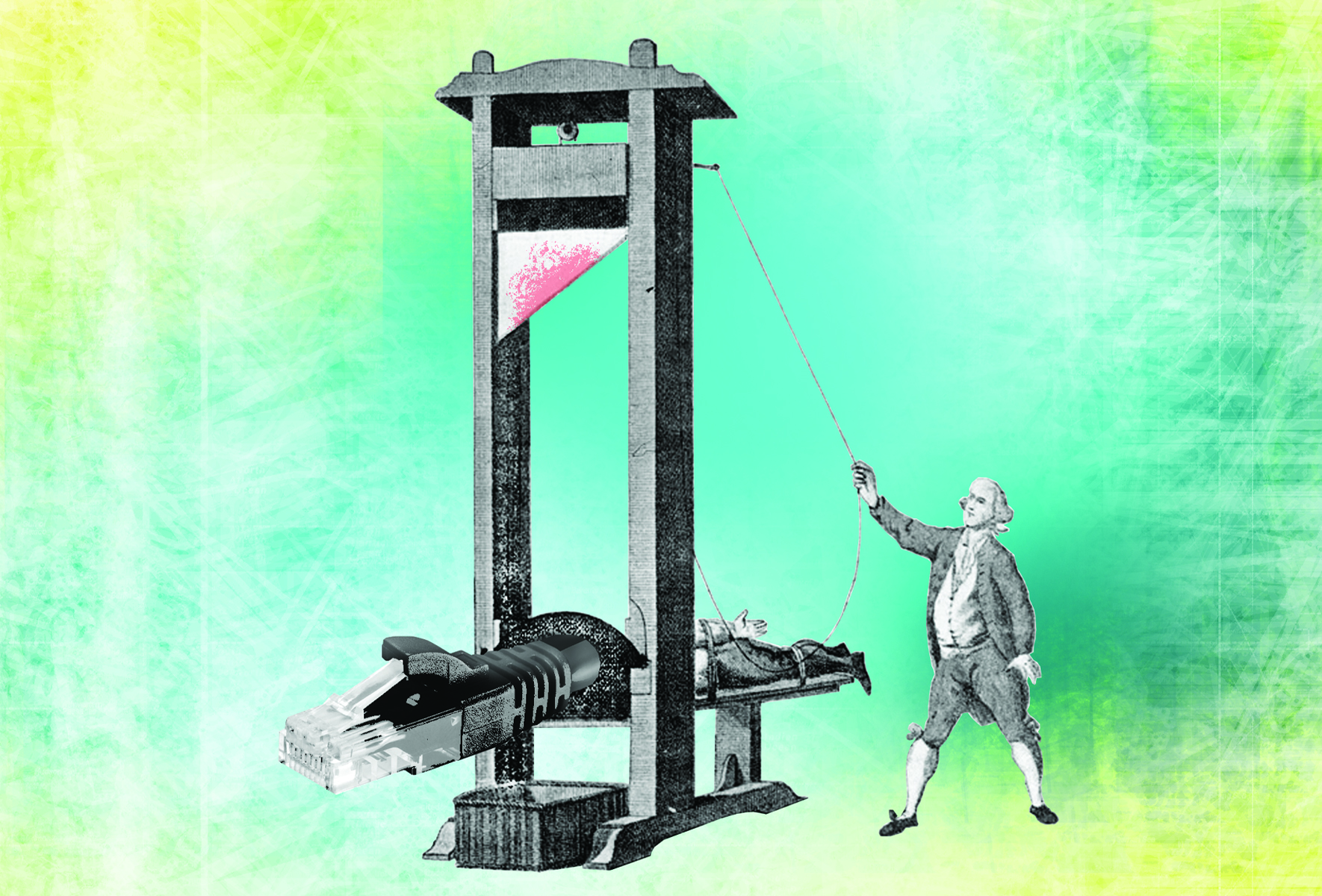Oct. 29 marked the 40th anniversary of a half-sent message and a computer crash, which marked the birth of the Internet.
According to an interview with Leonard Kleinrock, which aired on CBC on Oct. 28, the original Internet, known as the ARPANET (Advanced Research Projects Agency Network), a department of defense project, consisted of a handful of computers in California and Utah.
The original idea had been to develop a network that would allow researchers to access computer resources at different locations. This was important at the time, because each research group could only afford one computer, and each was specialized to accomplish a different task. If each of these specialized computers were accessible via a network, the research groups could take advantage of several computers at once, without incurring the cost of buying their own.
The U.S. Department of Defense hoped this research into networking could be applied to other areas, but according to Kleinrock the military was not looking for a way to decentralize information in the event of a nuclear holocaust — a commonly cited explanation.
On Oct. 29, 1969, two computers, one at the University of California Los Angeles (UCLA), and the other at the Stanford Research institute (SRI) 650 km away, were linked via a high-speed line. The UCLA team attempted to login to the SRI computer, a task that required the user to type “L-O-G.” According to Kleinrock, the SRI computer crashed after the “L” and “O” were entered.
Despite the crash, the experiment proved the concept, and thus the Internet was born.
This anniversary may have some people scratching their heads, as the European organization for nuclear research (CERN) has, at times, been credited with the invention of the Internet. The truth is that while ARPA invented the Internet, a British software engineer working at CERN, by the name of Tim Berners-Lee, taught it to play nice.
In 1980, the Internet consisted of a series of networked computers, spanning the globe. There was lots of information, but no way for anyone to know, without asking, what was out there.
Berners-Lee developed a way to link words in a document to other documents via a process known as hyperlinking, which is still in use today. The genius of Berners-Lee’s idea was to allow anyone on any network to hyperlink to documents on his computer. Inadvertently, Berners-Lee created a vast network of global documents all linked to one another, also known as a world wide web.
In addition to the invention of hyperlinking, Berners-Lee created hyper text markup language (HTML), the code some Internet documents are written in, the universal resource locator (URL) which serves as a unique address for each computer on the Internet and hypertext transfer protocol (HTTP), the rules governing how computers on the Internet interact.
You might think that Berners-Lee is a bazzillionaire; he did practically invent the modern Internet, after all. Nope, in an act of supreme generosity he gave everything away for free, a gift to humanity.
So congratulations Internet, it’s been a wild 40 years, and we’re all looking forward to the next 40!




